Last updated: June 21, 2022
Article
Protecting Western Monarchs
Iconic in North America, monarch butterflies are more than just beautiful with their vivid markings and bright orange color, they are also important pollinators. As they fly from flower to flower feeding on nectar, monarchs pollinate many types of wildflowers. They choose brightly colored flowers that grow in clusters, stay open during the day, and have flat surfaces that serve as landing pads for their tiny guests. However, there is one particular plant that is essential for monarchs — milkweed.
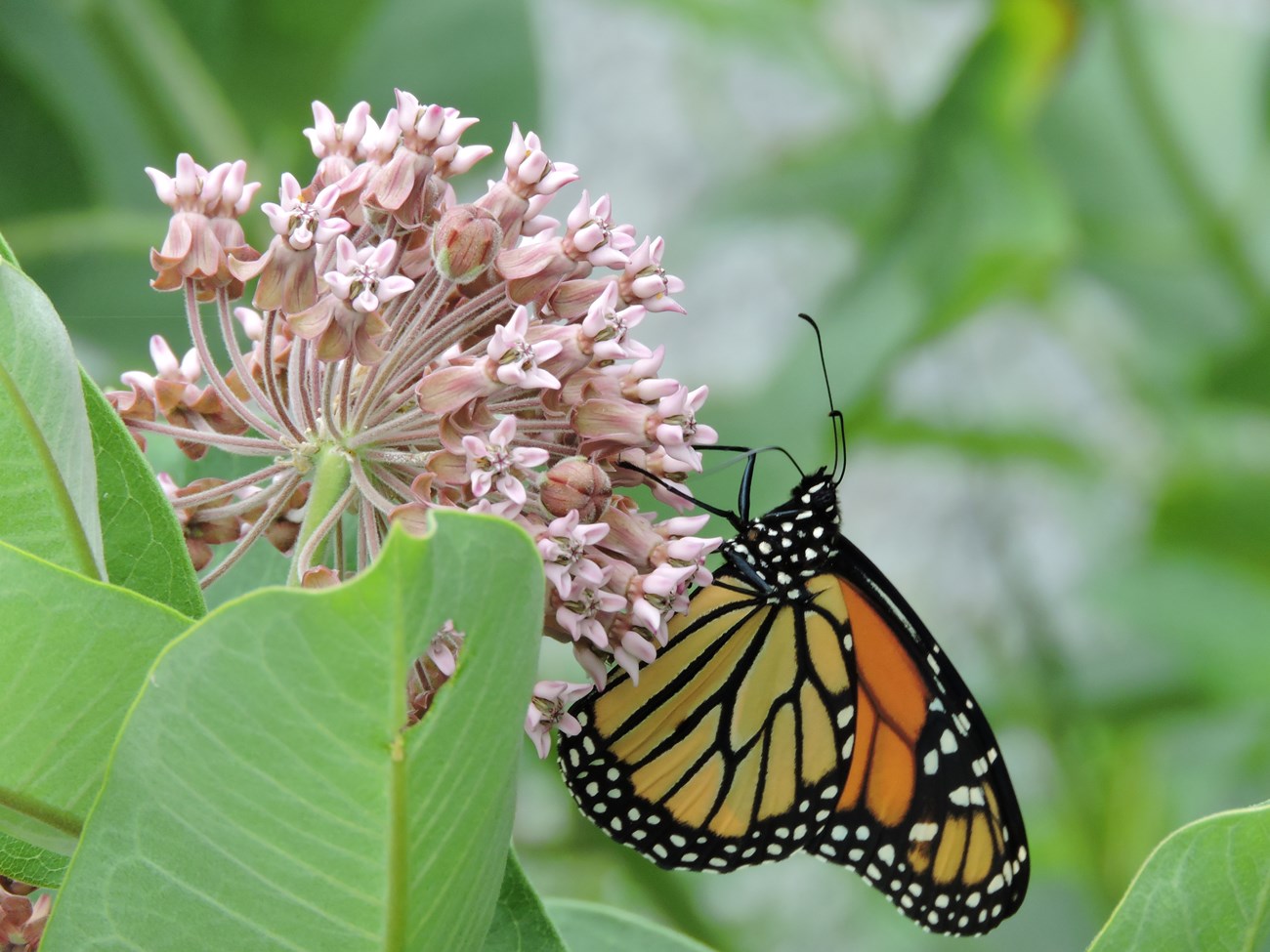
NPS
Female monarch butterflies will only lay their eggs on certain types of milkweed plants. Unfortunately, milkweed plants are often eradicated as noxious weeds. Urbanization, industrialized, large-scale farms, and drought conditions have also impacted milkweed populations. This, along with loss of winter habitat in California and Mexico, pesticide use, and climate change, contributes to the decline of western monarchs.
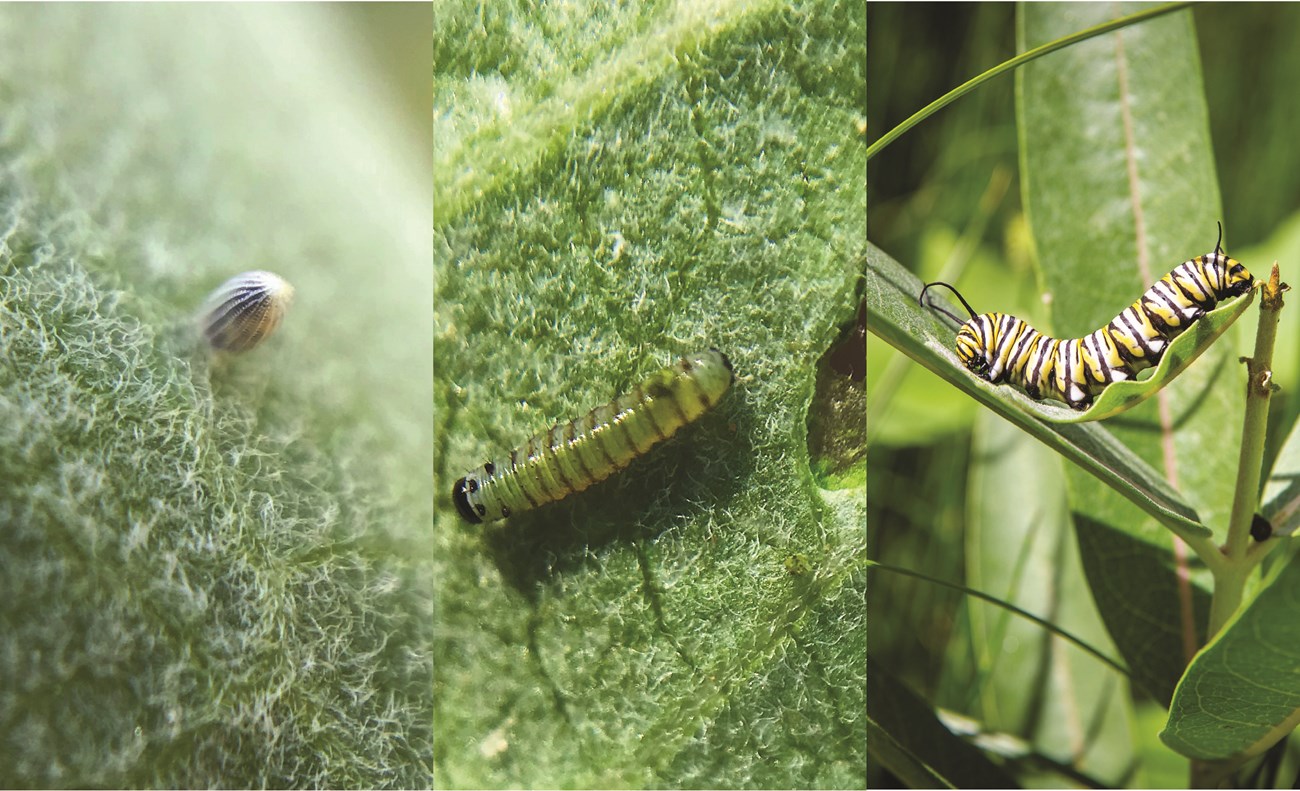
NPS / M. Reed
In the 1990s, it was common to see 3 to 10 million butterflies migrate to overwintering sites along the California coast. However, last year during the 2020-2021 overwintering period less than 2,000 western monarchs were counted, alarming scientists and butterfly enthusiasts nationwide.
This year’s count brought good news compared to the dismal numbers of last year with an increase to 250,000 in the core area of central California from Monterey to Los Angeles counties. And while these numbers are certainly something to celebrate, the increase wasn’t seen everywhere. Numbers in the San Francisco Bay Area remained low during this year’s count.
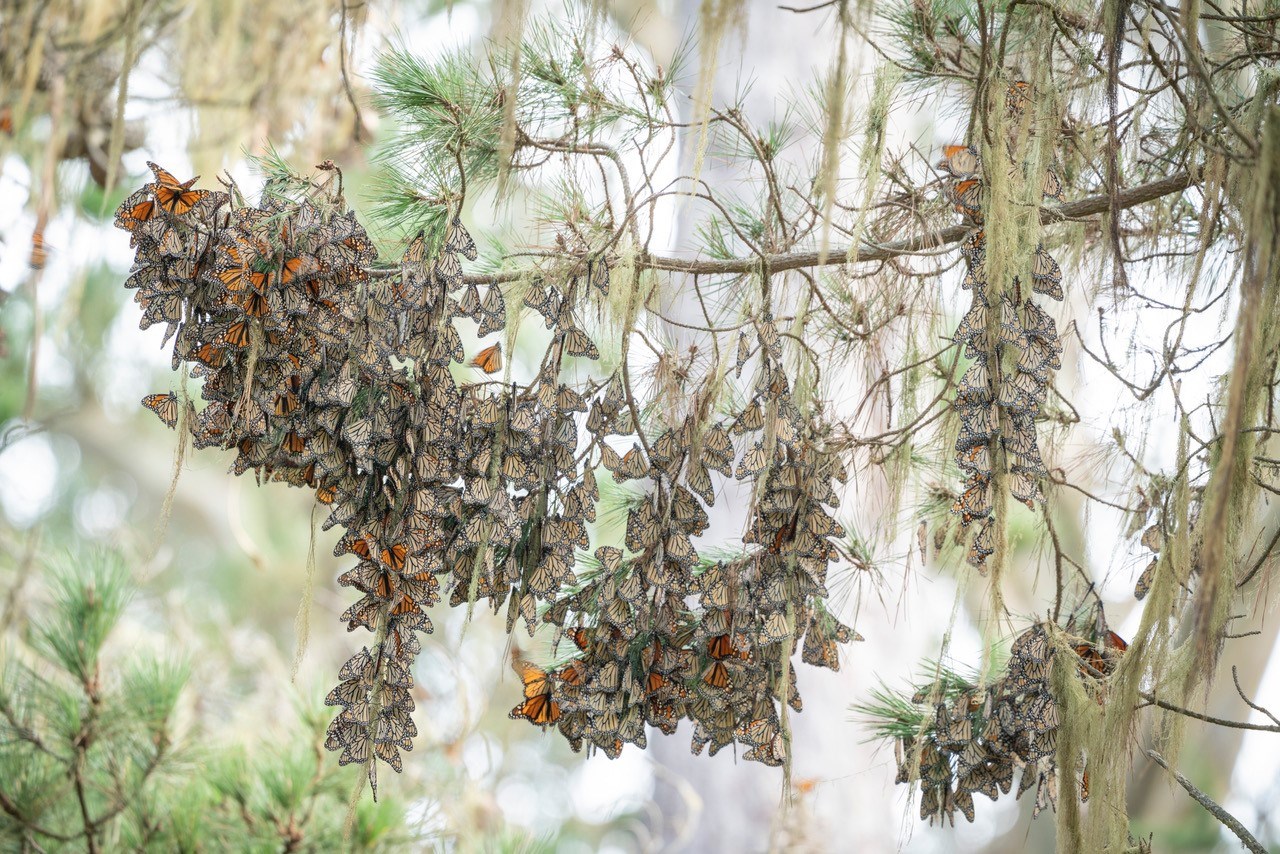
Sharon Beals
Taking Action
The National Park Service (NPS), along with partners and community scientists, are taking action to help western monarch populations. Efforts include milkweed planting, pollinator festivals, community science monitoring, research, and habitat restoration. NPS staff also assist with butterfly counts, support a community science program focused on mapping western milkweed population, and participate in International Monarch Bioblitzes.
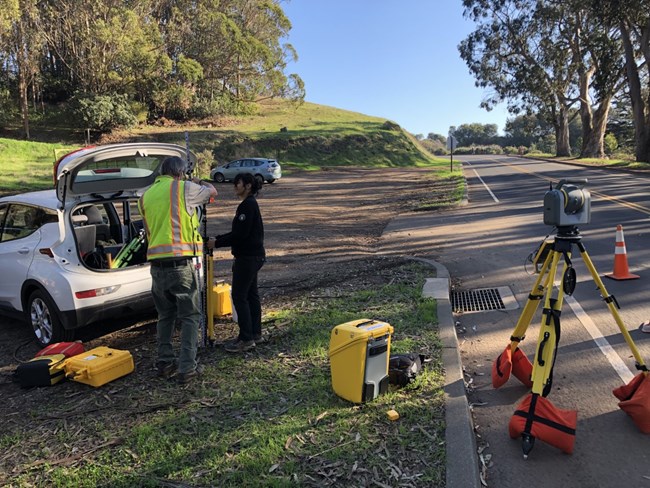
NPS
In the San Francisco Bay Area, community science monitoring, coordinated by NPS staff, documents monarch overwintering at San Francisco and coastal Marin NPS sites. The effort documents monarch population trends and involves an active community of stakeholders and partners, including the Xerces Society and Monarch Joint Venture.
In 2021, using grant funding, Golden Gate National Recreation Area entered into a collaborative effort with OneTam. This multi-agency and multi-organizational effort includes:
-
site assessments and implementation plans,
-
an inventory of wild milkweed stands, and
-
outreach and education efforts to youth, stakeholders and the Bay Area community
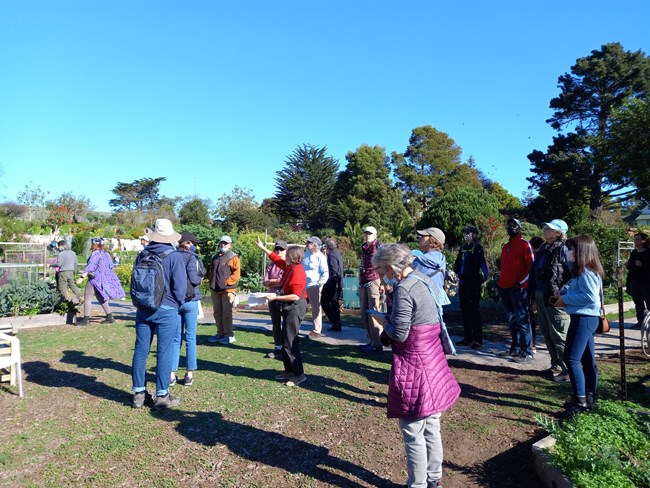
Nature in the City
The staff at Golden Gate National Recreation Area are also working with their cooperative associations on pop-up programs, webinars, locally generated artwork, and expansion of monitoring to include other former historic sites.
This focus is considered critical since the northern overwintering sites may be increasingly favored under future climate predictions, and these sites are the first step before monarch move to their breeding corridors.
How You Can Help
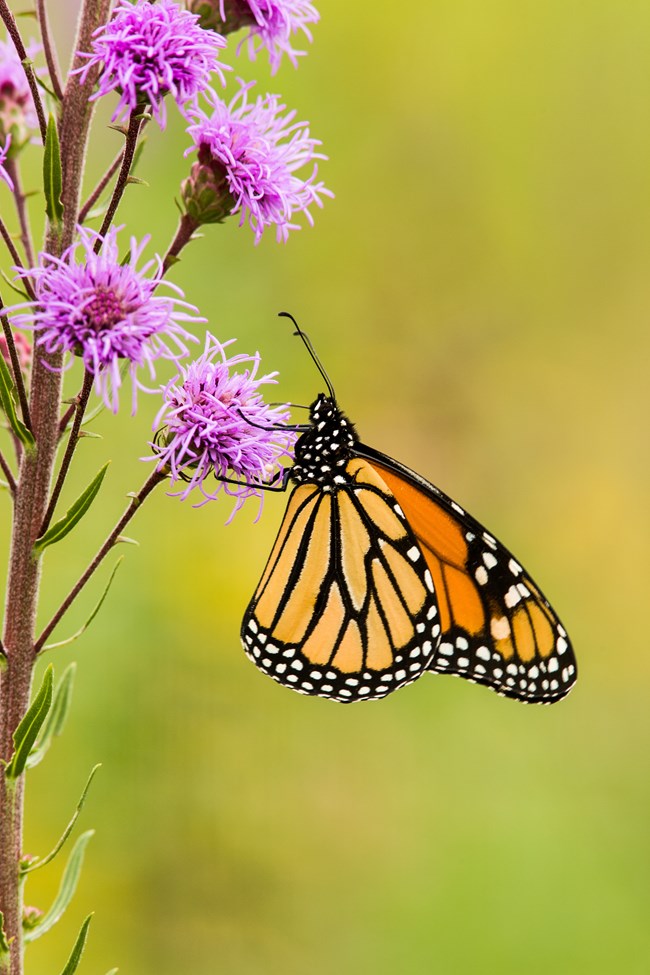
NPS
Plant milkweed and other nectar plants. Planting milkweed and other native flowering plants can help create a waystation for monarchs in your area. The Monarch Joint Venture has planting guides and other resources to help you get started planting for pollinators.
Be a community scientist. Help scientists better understand where western monarchs and their host plants are in the landscape. Take photos of western monarchs and milkweed and upload your photos to the Western Monarch Mapper. You can also participate in community science wherever you live by using iNaturalist to upload your findings.
Limit your use of pesticides. Before using a pesticide, ask yourself: Are flowers in bloom or are pollinators active during the pesticide application? Are there alternatives to using the pesticide? Am I applying the pesticide according to the instructions? Remember, pollinators can be harmed if they consume nectar or pollen that has come into contact with pesticides. You can also help reduce the risk of exposure by applying pesticides at night when butterflies and other pollinators are inactive. Learn more about reducing pesticide use.
Buy organic and buy local. Organic crops use fewer pesticides, reducing the risk to pollinators. Buying local reduces carbon emissions and supports local farmers who provide habitat for pollinators.
Pass it on. Let others know why planting native plants can help support pollinators like monarch butterflies. Screenshot or download the card in this I Didn’t Know That! Planting for Pollinators article and pass it on.
